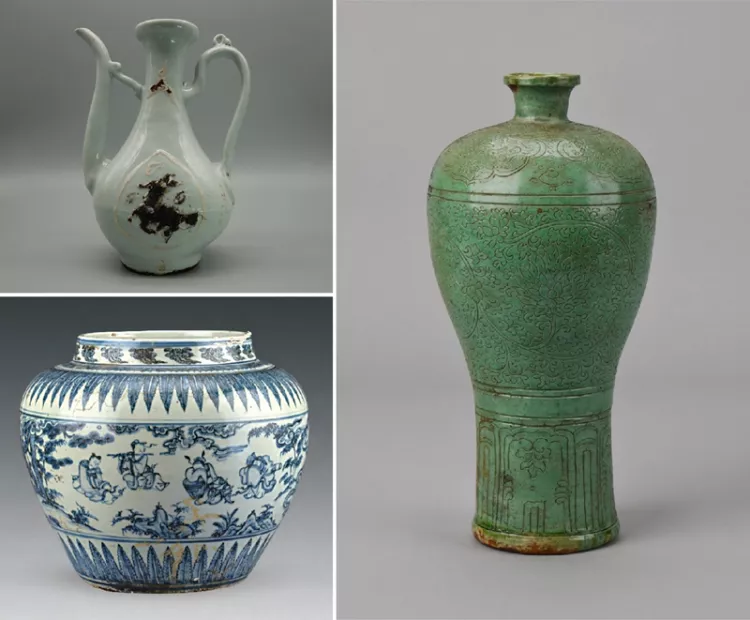Magnificent Finds From 500-Year-Old China Shipwrecks
Recent underwater excavations have uncovered Ming Dynasty treasures, shedding light on China's thriving maritime trade.
Archaeologists have recently discovered two 500-year-old shipwrecks in the South China Sea. These findings provide a remarkable glimpse into China's vibrant maritime history during the Ming Dynasty. The discoveries showcase exquisite artefacts and offer evidence of the extensive trade networks that once connected China to the rest of Asia and beyond.
Discovery
The shipwrecks, believed to date back to the early 16th century, were discovered off the southern coast of China. They were found to be carrying a valuable cargo of artefacts. The use of advanced underwater robotics and diving technology enabled the recovery of items such as beautifully crafted porcelain, gold coins, and intricate metalwork. These discoveries are being celebrated as some of the most significant maritime finds related to the Ming Dynasty.
Ming Dynasty Maritime Trade
The artefacts that were recovered tell the story of a period when China was a dominant force in maritime trade. The variety of goods found aboard the ships suggests that they were part of a thriving trade network that reached as far as Africa and the Middle East. Items such as porcelain and silk indicate China's primary exports, while the presence of foreign luxuries like spices and precious metals points to the extensive import activities of the time.

Advances in Archaeology
The recovery process utilized state-of-the-art technology, including remotely operated vehicles equipped with robotic arms. This allowed archaeologists to delicately handle and retrieve artefacts from the ocean floor. Not only did this method ensure the preservation of these delicate items, but it also provided a safer alternative to traditional diving excavations.
Cultural Significance
The shipwrecks serve as a cultural time capsule, offering insights into the craftsmanship, art, and daily life of the Ming Dynasty era. Furthermore, they underscore the sophistication of ancient Chinese shipbuilding and navigational skills. The well-preserved state of the ships and their cargo provides invaluable data for historians and archaeologists aiming to reconstruct the historical narratives of Asia's maritime history.
Future Implications and Studies
The ongoing study and preservation of the artefacts are expected to continue yielding valuable information. Museums across China, and possibly international institutions, are preparing to exhibit these finds, allowing the public to directly engage with this window into the past.



































